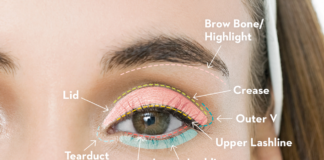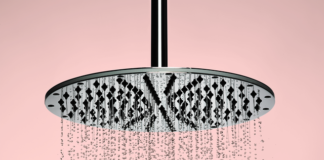
If you’re one of the 33% of US citizens who experiences knee pain, we have good news for you. Knee sleeves are one of the easiest, most cost-effective ways to get you back on your feet. Check out these eight signs you might need to start wearing knee sleeves.
1. Declining Athletic Performance
We’ll start with one of the less-scary signs that a knee sleeve might be a good choice for you: declining athletic performance. One advantage of being an athlete is that you’ll probably notice a problem in your knee before a less-active person might.
Knee sleeves can turn this around quickly and get you back in action in record time. This is good for your overall fitness, but great for getting the muscles around your knee back in shape. Your best bet is to pick a knee sleeve that is most compatible with your athletic activity of choice. You may even be able to eventually lose the brace altogether if you engage in physical therapy exercises.
2. Knee Pain
This seems like it should be an obvious one, but not all knee conditions are necessarily painful. If you do experience ongoing pain every time you do the same activity, though, it’s time to take action. This is not the time to push on through, or you risk making it worse. A knee sleeve could be all you need to start managing it.
3. Compensating for Knee Pain
If you find yourself avoiding certain activities or creating workarounds for your knee pain, it’s probably time to consider a knee sleeve. Choosing to forego a favorite activity because of knee pain should sound alarm bells. This not only applies to athletic activities but also to day-to-day ones, like climbing a ladder. It should be a red flag if you find yourself avoiding knee pain by changing how you get out of bed.
4. Visibility
Not all injuries are visible. Wearing a knee sleeve is a subtle way to indicate to those around you that they should give you some space. This will reduce the likelihood of being bumped into or otherwise placed in a position that puts your knee at greater risk.
5. Arthritis
Arthritis is one of the most common medical diagnoses. About 58 million US citizens have had an arthritis diagnosis. Of those, nearly half of them reported that arthritis limited their usual activities. Osteoarthritis is the most common form, resulting from the breakdown of cartilage and followed by changes to the bone. While most common over age 50, any wear and tear can result in arthritis at any age.
The hands, hips, and knees are most frequently affected by osteoarthritis. In the knees, arthritis makes it difficult or impossible to climb a flight of stairs, walk a ¼ mile, or stoop, bend, or kneel.
Symptoms can include stiffness, swelling, difficulty bending or straightening your knee, pain after activity, and a grinding feeling in the joint. A knee sleeve can help remedy arthritis by compression, providing extra support to the joint and keeping the swelling at bay.
6. Torn Cartilage or Ligament
Knees can be surprisingly fragile at the least expected times. A quick pivot during a martial arts session could be the twist that puts you out. A torn or sprained ACL or torn meniscus can be a serious medical situation.
Whether for support before surgery or after, a knee sleeve is a must-have. The right sleeve will provide both mobility and stability as you proceed through physical therapy and regain your full capability. It’s important to follow your doctor’s guidance in this matter.
7. Chronic Pain
Torn cartilage and ligaments are hardly the only reasons you can experience chronic knee pain. Serious conditions such as cancer and infection do happen but you’re more likely to suffer problems related to overuse and injury.
Famous culprits include tendinitis and bursitis, both kinds of problems that come from wear and tear on your knees. As for injuries, a dislocated kneecap or broken bone near the knee are the kinds of problems that are impossible to ignore.
A knee sleeve can help by compressing the joint and reducing inflammation. The sleeve can also benefit you by its mere presence, reminding you to go easy on that knee before you start feeling pain.
8. Doctor’s Orders
Your doctor will have the final word on if you need a sleeve, but you don’t need a prescription to purchase one. Your doctor will be able to tell you what kind is most suitable for your needs.
Keep On Moving
One of the worst effects of knee pain is the temptation to baby it too much. If you become sedentary as a result of your knee pain, it will only worsen your physical condition and make it harder to recover later. Follow your doctor’s orders, get a knee sleeve, and keep moving.






































